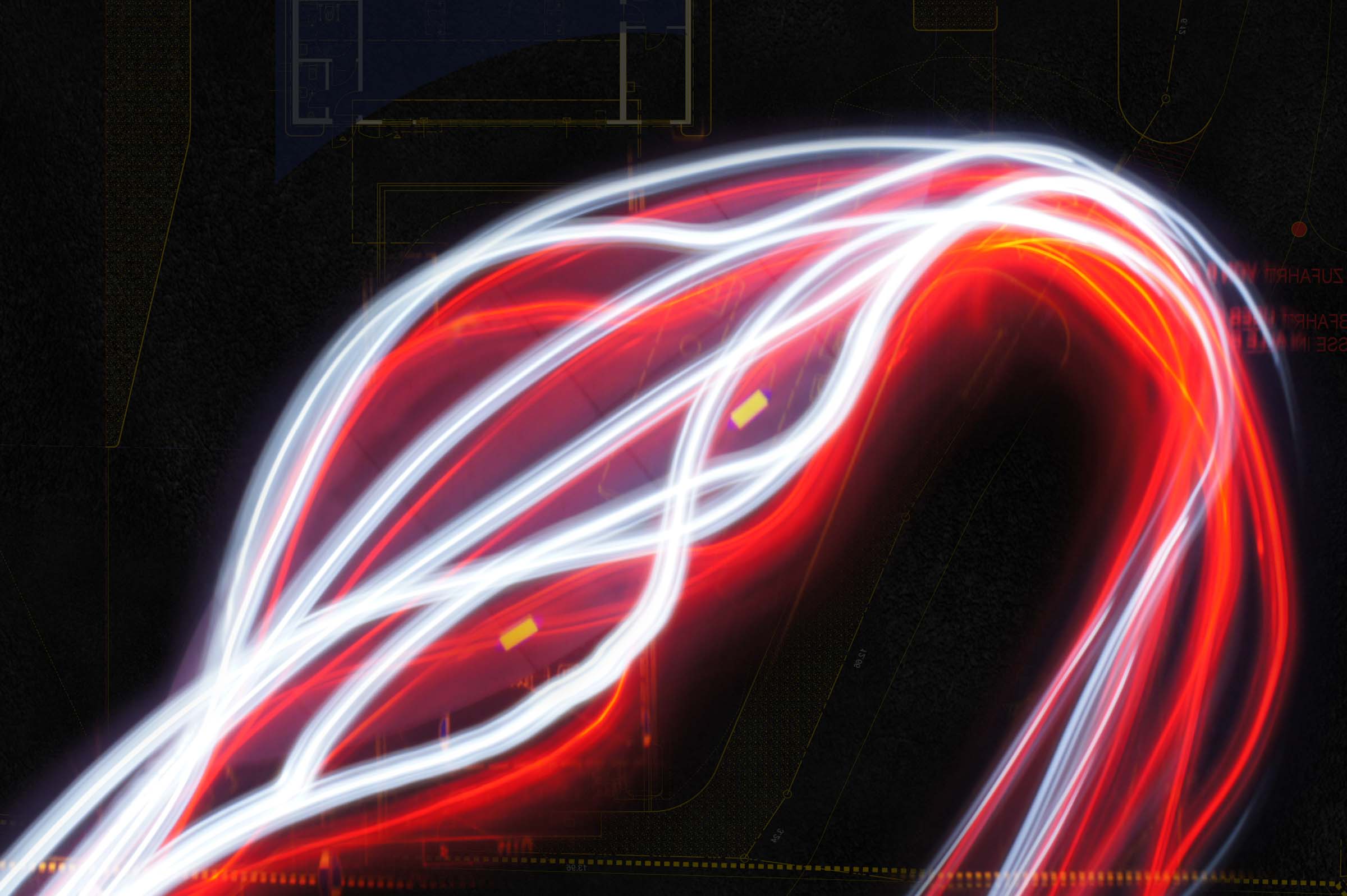Open processes
One movement can be crucial
Discovering and shaping the self-evident is not to be taken for granted. Why open- outcome design processes are so exciting.
When we filmed drivers’ approaches to petrol station areas and overlaid them on top of each other, it turned out that almost all drivers intuitively wanted to take the approach to the petrol pumps in a certain arc. The subsequent walk through the store and to the checkout also had a kind of ideal line. The sum of our observations led us to a completely new spatial service design.
When we observed fishery employees handling fish crates, we learned that they not only wanted better fish crate ergonomics, but a container with a much higher appreciation for their freshly caught fish. The surprising intensity and prioritization of this wish led to a completely new design approach, resulting in the world’s most sustainable fish box.
Of course, we rely on our own intuition when developing and designing new ideas. To then learn, improve and discard.
Empathic Engineering
However, we are always drawn to the Eldorado of behavioral research in the course of a project – direct contact with people. The discovery of often unexpected, but basically absolutely natural, self-evident behavioral patterns always opens up new creative scope for us: the sum of intuitively executed actions of drivers at a petrol station becomes a highly valid behavioral pattern and thus the perfect template for a design that is simple, natural, self-evident and highly efficient in its effect.
For us, the design of this process, which we also call “empathetic engineering”, is always highly exciting – and the result can never be planned. For some, this is a high risk – from our point of view, it is an invaluable asset. As mentioned, sometimes one movement is crucial.
